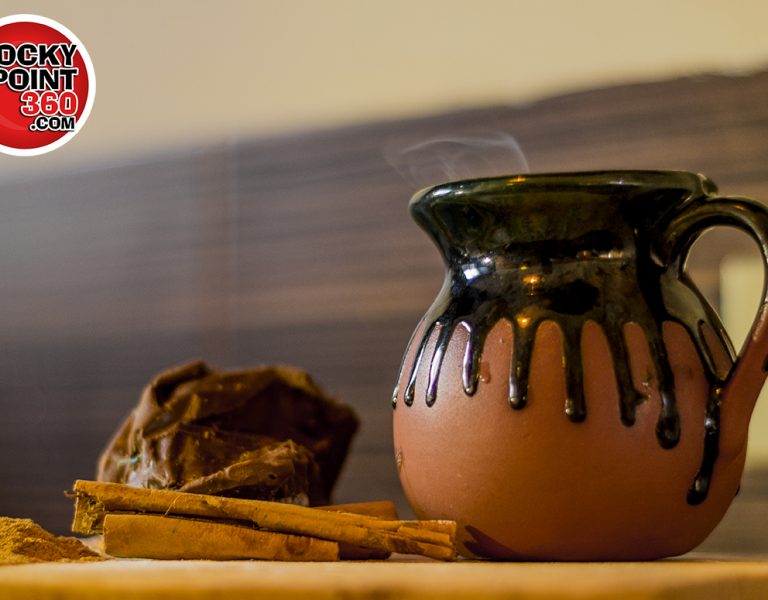There has been a lot of talk recently during these “carnavalesque” days. Most of us get excited about the dancing, music, parade floats, and chinelos of course. “But, what are chinelos?” I heard someone express dubiously, “They’re not from here, I believe.” ..and, they were right. The chinelos, full of music and jumping while inviting everyone to follow them, are from the southern part of Mexico, from the State of Morelos to be exact. The lively chinelos are a symbol of identity for those from Morelos and a typical site at large festivals. Originating from Tlayacapan, chinelos have become even more famous in the community of Tepoztlán (just outside Cuernavaca) where they can easily be found. They also pop up in many other towns in Morelos, as well as in the neighboring state of Puebla, and, as people have moved, they’ve migrated to become part of other festivities…and now, in Puerto Peñasco. According to the Tlayacapan Casa de la Cultura, in 1870 a
group of young people native to the area, who were tired of being excluded from the Carnaval activities celebrated by the wealthy classes (access to which was denied to the general public), organized a group dressed up in old clothing, covering their faces with a handkerchief (or piece of cloth). They began to yell, whistle, and jump through the town’s streets, making fun of the Spanish. This improvised move was tremendously success, so much so that the following year the youth organized it again. Year after year, as it became popular, the fiesta became a ritual and the character gradually evolved. To further represent the Spanish, beards were added to masks and the name “chinelo” appeared. The costume designed in Tlayacapan consists of a long white dress with blue strips bordering both the skirt as well as the sleeves and neckline. Completing the outfit is a cartoon-like mask with rosy cheeks and a long, pointy beard. Yet,…
